Mika Hämäläinen
The Current State of Finnish NLP
Sep 23, 2021Abstract:There are a lot of tools and resources available for processing Finnish. In this paper, we survey recent papers focusing on Finnish NLP related to many different subcategories of NLP such as parsing, generation, semantics and speech. NLP research is conducted in many different research groups in Finland, and it is frequently the case that NLP tools and models resulting from academic research are made available for others to use on platforms such as Github.
When a Computer Cracks a Joke: Automated Generation of Humorous Headlines
Sep 17, 2021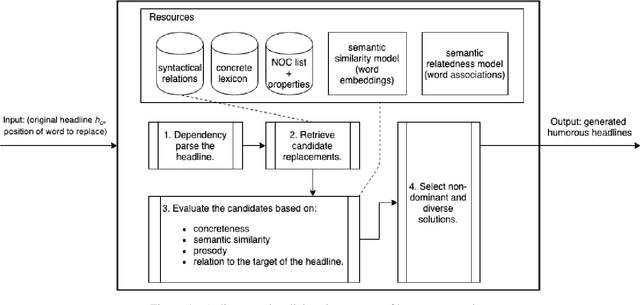
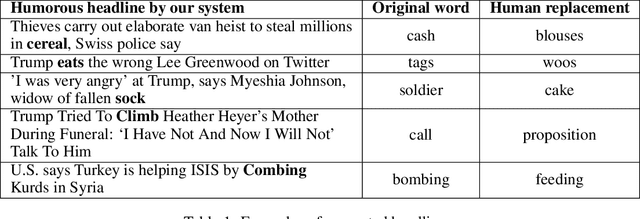


Abstract:Automated news generation has become a major interest for new agencies in the past. Oftentimes headlines for such automatically generated news articles are unimaginative as they have been generated with ready-made templates. We present a computationally creative approach for headline generation that can generate humorous versions of existing headlines. We evaluate our system with human judges and compare the results to human authored humorous titles. The headlines produced by the system are considered funny 36\% of the time by human evaluators.
How Cute is Pikachu? Gathering and Ranking Pokémon Properties from Data with Pokémon Word Embeddings
Aug 21, 2021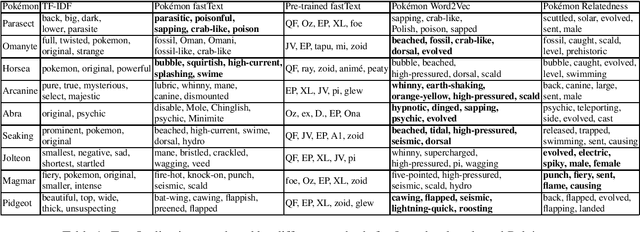
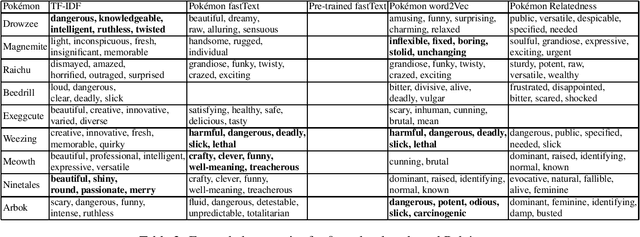
Abstract:We present different methods for obtaining descriptive properties automatically for the 151 original Pok\'emon. We train several different word embeddings models on a crawled Pok\'emon corpus, and use them to rank automatically English adjectives based on how characteristic they are to a given Pok\'emon. Based on our experiments, it is better to train a model with domain specific data than to use a pretrained model. Word2Vec produces less noise in the results than fastText model. Furthermore, we expand the list of properties for each Pok\'emon automatically. However, none of the methods is spot on and there is a considerable amount of noise in the different semantic models. Our models have been released on Zenodo.
Human Evaluation of Creative NLG Systems: An Interdisciplinary Survey on Recent Papers
Jul 31, 2021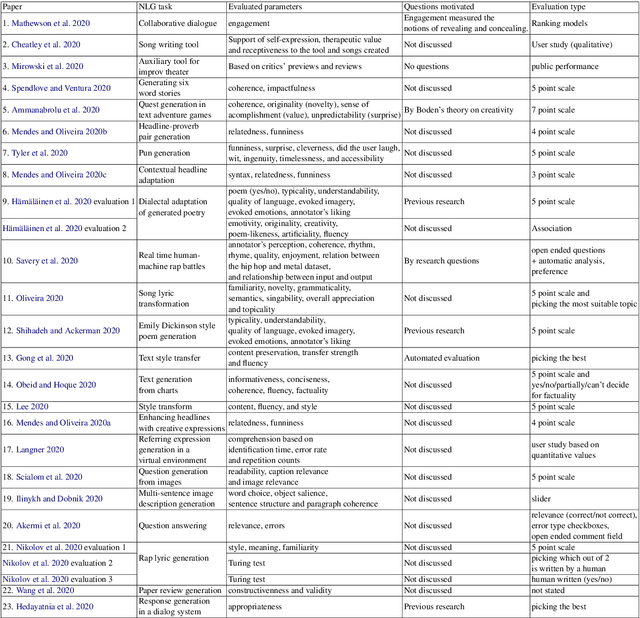
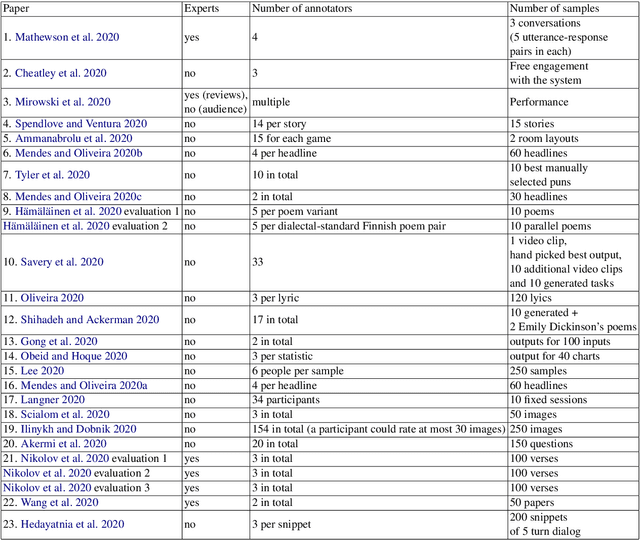
Abstract:We survey human evaluation in papers presenting work on creative natural language generation that have been published in INLG 2020 and ICCC 2020. The most typical human evaluation method is a scaled survey, typically on a 5 point scale, while many other less common methods exist. The most commonly evaluated parameters are meaning, syntactic correctness, novelty, relevance and emotional value, among many others. Our guidelines for future evaluation include clearly defining the goal of the generative system, asking questions as concrete as possible, testing the evaluation setup, using multiple different evaluation setups, reporting the entire evaluation process and potential biases clearly, and finally analyzing the evaluation results in a more profound way than merely reporting the most typical statistics.
Lemmatization of Historical Old Literary Finnish Texts in Modern Orthography
Jul 07, 2021


Abstract:Texts written in Old Literary Finnish represent the first literary work ever written in Finnish starting from the 16th century. There have been several projects in Finland that have digitized old publications and made them available for research use. However, using modern NLP methods in such data poses great challenges. In this paper we propose an approach for simultaneously normalizing and lemmatizing Old Literary Finnish into modern spelling. Our best model reaches to 96.3\% accuracy in texts written by Agricola and 87.7\% accuracy in other contemporary out-of-domain text. Our method has been made freely available on Zenodo and Github.
Apurinã Universal Dependencies Treebank
Jun 07, 2021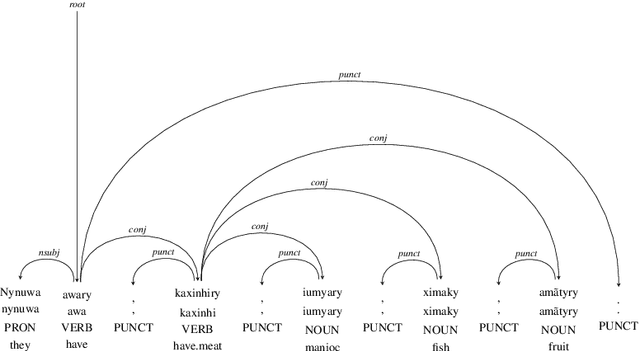

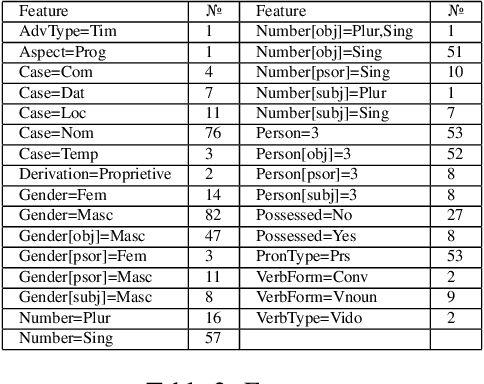

Abstract:This paper presents and discusses the first Universal Dependencies treebank for the Apurin\~a language. The treebank contains 76 fully annotated sentences, applies 14 parts-of-speech, as well as seven augmented or new features - some of which are unique to Apurin\~a. The construction of the treebank has also served as an opportunity to develop finite-state description of the language and facilitate the transfer of open-source infrastructure possibilities to an endangered language of the Amazon. The source materials used in the initial treebank represent fieldwork practices where not all tokens of all sentences are equally annotated. For this reason, establishing regular annotation practices for the entire Apurin\~a treebank is an ongoing project.
Never guess what I heard Rumor Detection in Finnish News: a Dataset and a Baseline
Jun 07, 2021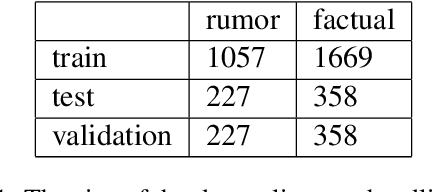
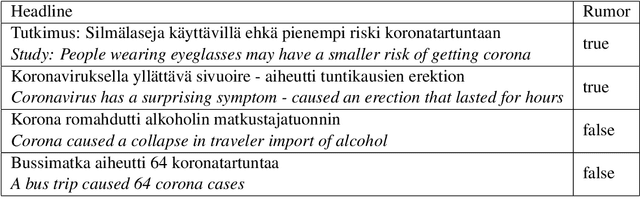
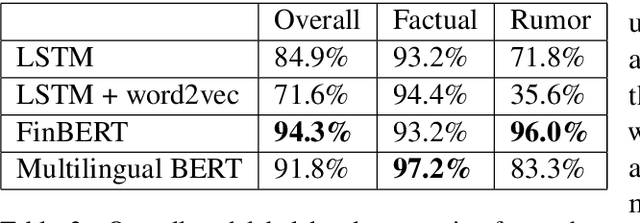
Abstract:This study presents a new dataset on rumor detection in Finnish language news headlines. We have evaluated two different LSTM based models and two different BERT models, and have found very significant differences in the results. A fine-tuned FinBERT reaches the best overall accuracy of 94.3% and rumor label accuracy of 96.0% of the time. However, a model fine-tuned on Multilingual BERT reaches the best factual label accuracy of 97.2%. Our results suggest that the performance difference is due to a difference in the original training data. Furthermore, we find that a regular LSTM model works better than one trained with a pretrained word2vec model. These findings suggest that more work needs to be done for pretrained models in Finnish language as they have been trained on small and biased corpora.
Neural Morphology Dataset and Models for Multiple Languages, from the Large to the Endangered
May 26, 2021
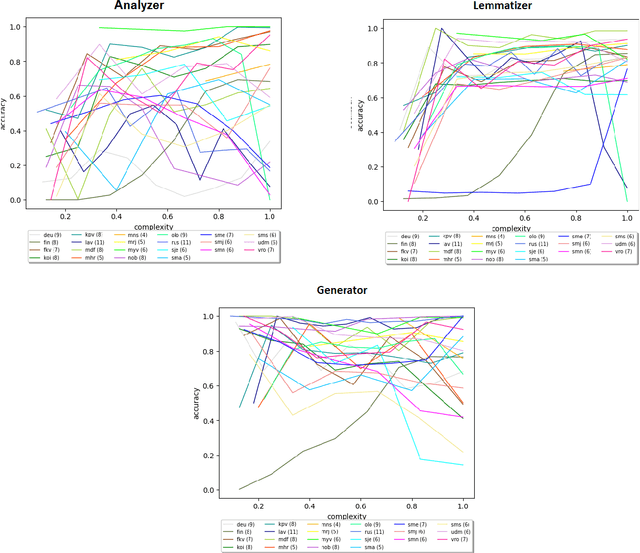


Abstract:We train neural models for morphological analysis, generation and lemmatization for morphologically rich languages. We present a method for automatically extracting substantially large amount of training data from FSTs for 22 languages, out of which 17 are endangered. The neural models follow the same tagset as the FSTs in order to make it possible to use them as fallback systems together with the FSTs. The source code, models and datasets have been released on Zenodo.
!Qué maravilla! Multimodal Sarcasm Detection in Spanish: a Dataset and a Baseline
May 12, 2021


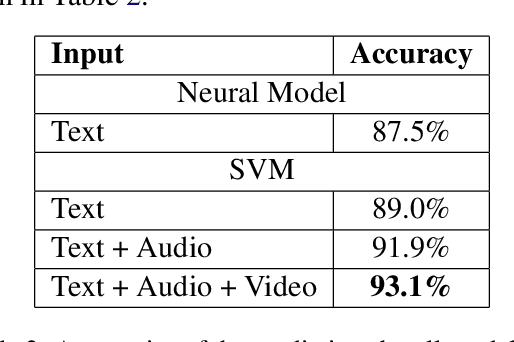
Abstract:We construct the first ever multimodal sarcasm dataset for Spanish. The audiovisual dataset consists of sarcasm annotated text that is aligned with video and audio. The dataset represents two varieties of Spanish, a Latin American variety and a Peninsular Spanish variety, which ensures a wider dialectal coverage for this global language. We present several models for sarcasm detection that will serve as baselines in the future research. Our results show that results with text only (89%) are worse than when combining text with audio (91.9%). Finally, the best results are obtained when combining all the modalities: text, audio and video (93.1%).
The Great Misalignment Problem in Human Evaluation of NLP Methods
Apr 12, 2021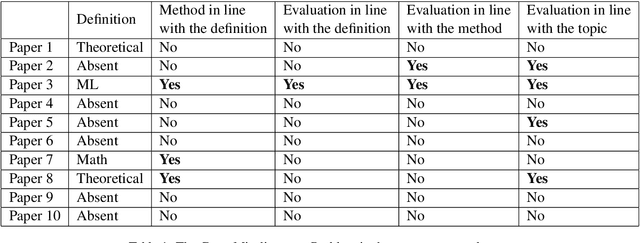
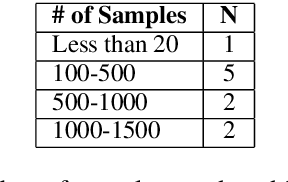
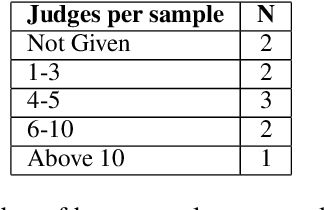
Abstract:We outline the Great Misalignment Problem in natural language processing research, this means simply that the problem definition is not in line with the method proposed and the human evaluation is not in line with the definition nor the method. We study this misalignment problem by surveying 10 randomly sampled papers published in ACL 2020 that report results with human evaluation. Our results show that only one paper was fully in line in terms of problem definition, method and evaluation. Only two papers presented a human evaluation that was in line with what was modeled in the method. These results highlight that the Great Misalignment Problem is a major one and it affects the validity and reproducibility of results obtained by a human evaluation.
 Add to Chrome
Add to Chrome Add to Firefox
Add to Firefox Add to Edge
Add to Edge